As it happens the Germans put together a formidable air flotilla of almost 500 planes to bomb the Allied invasion fleet but the planes were seized by Hitler for a fruitless attack on England as part of “Operation Steinbock,” the “Little Blitz”.
As the bombing campaign mounted against the Axis the Germans pulled more and more planes back to the defense of Germany. Fully 50 percent of their air force was engaged in defending against bomber attacks.
About 40 percent were on the Eastern Front and the rest were engaged in Italy and coastal defense in France, which left relatively few planes for the invasion of Normandy. Planes designated as “Defense of the Reich” carried a distinctive stripe, usually yellow, along the fuselage near the tail.
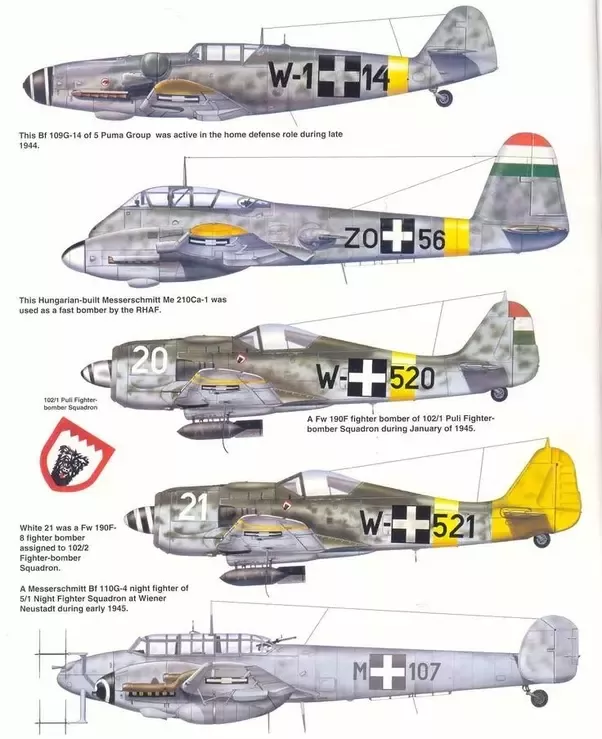
The Germans were desperate in their attempts to stop the bombers over Germany, which were pounding their cities and factories day and night. They devoted an incredible amount of resources towards finding solutions to the bomber problem and with each failure Hitler became less and less confident in Goering.
Their designers and builders, like Kurt Tank, were desperately trying to design great aircraft but the constant changes in design and requirements and the shortages of materials and fuels was very frustrating. They invented many amazing aircraft and weapons but none of them got far enough to make a difference.
So they had to stick with their stand-bys, the ME—109 and FW-190 fighters, the HE-111 medium bomber the JU-87 Stuka dive bomber and the JU-52 transport plane as their main body of aircraft despite literally dozens, if not hundreds, of other one-offs and “few offs”.
The ME-262 jet fighter was the most promising but it was susceptible to attack during take off and landing and used hard-to-get volatile fuels. The cockpit was made out of crudely cut plywood.
In fact, the shortage of aluminum was so severe in Germany that many, if not most planes, used laminated wood using a laminate made by a single company and when that company was bombed, an acidic replacement was used that ate through spars causing many crashes.
The other quite important plane which was not prioritized was the Uhl, or “Owl” HE-219 could have been a war-winner if it had been prioritized earlier. In addition, the Germans pioneered the helicopter and saw its promise, ordering 1000 units but were unable to produce it.
They also developed a semi-automatic 75 millimeter aircraft cannon for tank busting with a magazine of up to five rounds. People do not realize how incredible this achievement was for the time. The problem was the recoil shook the planes apart.
They developed photo-sensitive downward pointing cannons to shoot at tanks (that they never got working well) and specially designed bombs for taking out railways, something that is difficult to do.
They also pioneered the “Fritx-X” radio controlled bomb that was used in the Mediterranean to do significant damage but was too primitive to be fully effective. Towards the end of the war they even mounted television cameras on missiles with crude TV scopes in the cockpit.
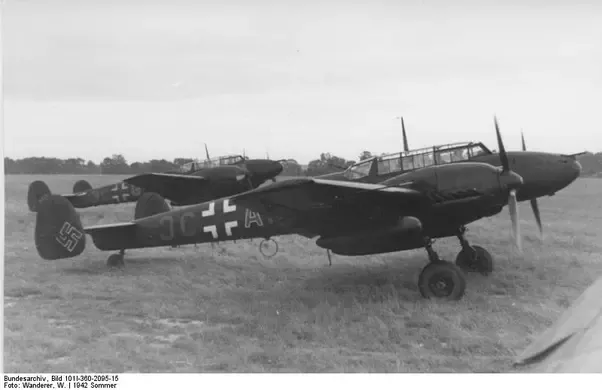
But none of this much mattered. They didn’t have the pilots, or the fuel to do the jobs required. The Allies had access to unlimited supplies of 100 octane while the Germans suffered with 90 or even 87 octane. Their planes could not achieve the required performance and never met their goals.
The Germans lost a huge opportunity with the “Greif” HE-177 heavy bomber which would have gone far towards helping them achieve their strategic goals but they could never get the engines right and they were dreaded by the pilots because they often caught fire in flight. About 15 Grief bombers took off to bomb England during the “Little Blitz” but only three completed their missions.
The Little Blitz, or “Operation Steinbock” was a force of 474 planes that the Luftwaffe had carefully put together towards the end of 1943 to bomb the expected Allied invasion fleet. Fully 50 percent of all German planes were lost due to accident or poorly trained pilots as the war dragged on. Over 350 planes were lost in the useless attacks on England and those planes were therefore not available to prevent the Allied attack on D-Day.

By October, 1944 the Germans stopped building bombers to embark on an emergency program to build only fighters and bombers began to disappear due to attrition.
One year after the beginning of the failed Operation Steinbock the Luftwaffe once again put together a massive air fleet of almost 1000 fighters and bombers to help push the Russians back from the Oder but when Hitler discovered its existence he threw it into a belated support effort of the failing Ardennes offensive before they were ready under the aegis of “Operation Bodenplatte”.
The planes attacked Antwerp and destroyed about 280 Allied planes – but they lost an almost equal number of planes – and irreplaceable pilots. And they were dispersed after that and not available for anything but tactical attacks against the Russians.
As a result there was an “air mutiny” of the “Experten” pilots under Adolf Galland in an attempt to replace Goering but the mutiny was beaten down and the pilots relegated to returning to roles in fighters.
The final attempt to beat back the Allies was “Operation Leonidas” which was virtually a suicide attack on the 8th Air Force using specially equipped planes to ram American bombers during April, 1945. Although there was no lack of volunteer pilots the operation only had one mission before the end of the war and while there were a few successes the Allies didn’t even notice the attempt.
Despite their ineffective air strategy, or lack of it, the Luftwaffe was able to rack up some spectacular successes such as the Raid on Poltava, a spectacular strategic victory that disrupted the US plan to bomb Germany and land in Russia to refuel and re-arm and then return to England.
The Americans and Russians built a huge air base at Poltava and flew in a massive air fleet which the Germans discovered and destroyed while the planes were on the ground, parked wing-tip to wing-tip as if in peacetime. In addition to destroying almost all the brand-new B-17 American bombers, over 750,000 gallons of aviation fuel were destroyed. The Germans lost one plane. The Allied strategic plan came apart with growing American suspicion of Stalin.
In addition was the famous “Little Pearl Harbor” raid on Bari, Italy, the most important supply base in the Mediterranean. The British General in charge of defense of the port publicly proclaimed that he would take it as a personal insult if the Germans were able to send a single plane against the base, so Fieldmarschall Albert Kesselring rounded up 183 planes and sent them against the port where they encountered absolutely no resistance and destroyed the port and sank many ships, including one filled with nerve gas which combined with the bombs to kill thousands of people.
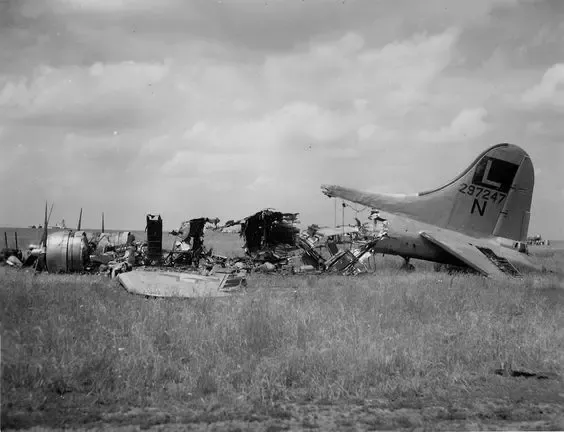
By the end of the war there were few combined forces air attacks, the major ones being hundreds of sorties against the Russians at Budapest including glider landings where the glider pilots sacrificed their lives to deliver supplies to the beleaguered garrison, and thousands of sorties during the Berlin Offensive.
In addition there was intense air support of the Battle of Bautzen (which was really part of the Battle of Berlin), one of the biggest tank battles of the war with over 1500 tanks participating on both sides and resulting in a German victory, the destruction of an entire Russian Guards Army and an army corps – for a total of two days before the war ended.
Possibly the last combined arms offensive was the desperate battle for Lauban in Silesia where the Luftwaffe and the Army combined to drive the Russians out of that critical rail junction which they held til the end of the war.
After that the Luftwaffe was relegated to flying high ranking officials to neutral countries and to escape routes before their planes were destroyed. When the Allies overran the German air bases they found entire squadrons – grounded for lack of fuel, munitions or pilots. They were bulldozed into scrap.
Why didn’t the Luftwaffe work?
This is probably one of the many questions that arise. For example…
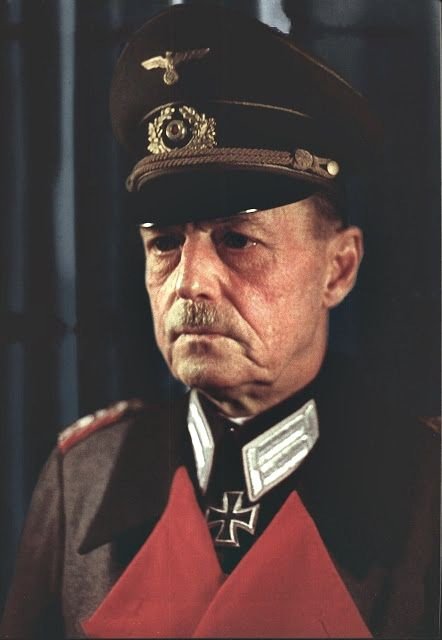
- Karl Rudolf Gerd von Rundstedt (12 December 1875 – 24 February 1953) was aField Marshal in the Wehrmacht of Nazi Germany during World War II.
1. The defense of the Nazi troops led by Field Marshal Gerd von Rundstedt
Recall that Rundstedt created the “The Dunkirk miracle”. That is, instead of defeating the defeated enemy army, he orders the tank divisions and the army to stop. All stand and wait for the evacuation and complete escape of the British and the remnants of the French army.
Imagine almost 400,000 people are being ferried and the enemy army is standing nearby and is waiting for everyone to be ferried.
So the defense was led by this field marshal.
2. Strangely enough, Rommel was summoned to headquarters and could not command.
3. The Germans decoded the signal about the beginning of the Allied troops, but did not undertake anything.
4. German submarines located in the Bay of Biscay, receive orders to attack the Allied landing ships in the surface position, representing an excellent target for shooting training and precision bombing of Allied ships and aircraft.
5. On the eve of the landing, the commander of the 7th Army, General Friedrich Dolman, in coordination with Rundstedt, gave an order to temporarily cancel the combat readiness of the German forces.
6. All German senior officers were recalled from the landing site. That is, they were recalled for staff exercises in Rennes. That is, for 125 miles from the scene.
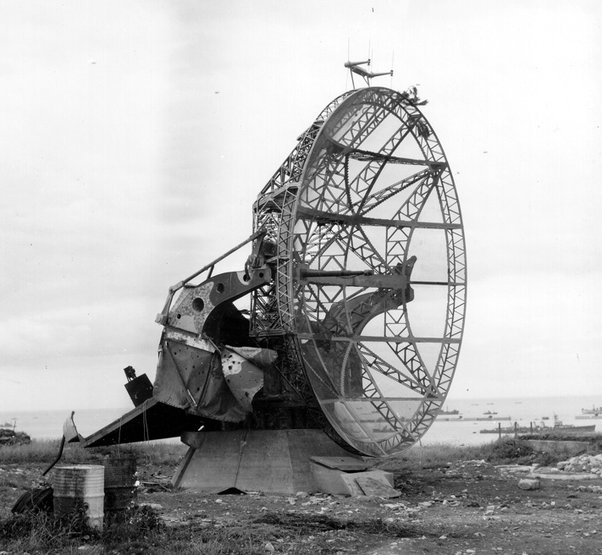
- German radar FuMo 214 “Würzburg-Riese” on the coast of Normandy, 1944
7. The German radiolocation service reported on the approach of a large number of enemy ships, but in response – is bird locators.
8. There was not one flight of a German reconnaissance aircraft. Although the radar service requested reconnaissance.
9. By the way, ask yourself how the Allies managed to hide the accumulation of 7,000 warships and a huge army of paratroopers for a long time when England was only a short distance away.
10. Major General Pemzel reported by telephone that a large-scale Allied operation had begun, but Rundstedt was skeptical about the report.
11. On June 6, Rundstedt again began receiving reports about the landing of large Allied forces in Normandy;
12. Rundstedt had enough forces to protect the coast — from Holland and Belgium to the Bay of Biscay — 60 divisions; 10 tank divisions, designed to reflect the landing of troops. As a result, German soldiers led the defense under the guidance of junior officers.
13. The landing of the Allied forces was officially carried out during a storm, and therefore German aircraft were inactive. But I wonder why the ships could in such numbers and the Luftwaffe not?
14. By the way, successful and very fast demining of underwater objects during a storm and in just half an hour. It’s a miracle again!
The result of Rundstedt, who on the Eastern Front successfully captured Ukraine and Belarus, and opposed the Russians, suddenly turned into an inept general on the Western Front and did nothing with a large nazi army.
By the way, the landing of the Allies coincides in a strange way with Hitler’s sleep, and his generals are afraid to wake him up.
Strange coincidence or plot?
By the way, Hitler, who by the way studied Clausewitz and Moltke, who had read all Schlieffen’s works, came to the conclusion that Normandy would be the main invasion area.
There was an order from Hitler to follow precisely Normandy.
Hitler ordered, over the next few weeks, to transfer substantial reinforcements to the area between the Seine and the Loire.
But again, Rundstedt for some reason does not follow the order of the Fuhrer.
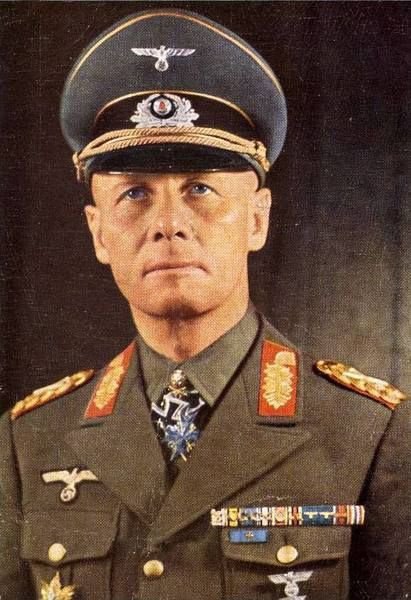
- Feldmarschal Erwin J. E. Rommel
And on June 17, at the insistence of Rundstedt, a meeting was held in Marzhival, and Rundstedt and Rommel want to convince Hitler to withdraw troops deep into the continent.
That is, do not provide any resistance to the Allied troops that have landed.
Hitler refuses.
Then, after the field marshals left, a strange event took place: the V-1 which had strayed from the course to London fell on a bunker, but the Führer was not injured.
Again a coincidence?
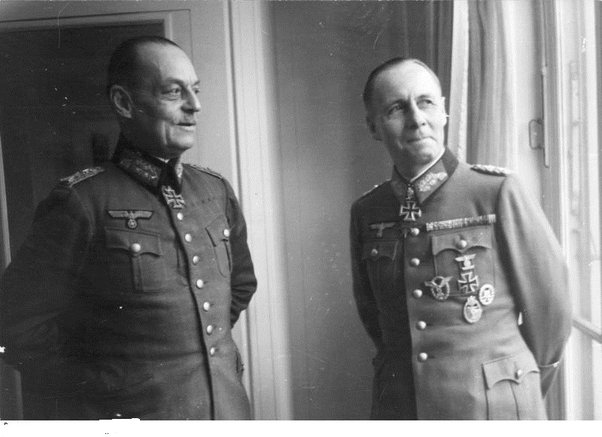
- Rundstedt and Rommel
On June 29, Rundstedt and Rommel addressed Hitler about the end of the war.
And one more surprising circumstance: until the twentieth of July, the allies did not take active steps. As it turned out, Washington and London were waiting for news from Berlin …
On July 20, 1944, a powerful bomb, planted by Colonel Staufenberg, exploded at Hitler’s headquarters, but the Fuhrer was only shell-shocked.
General von Stülpnagel names the names of the conspirators against Hitler.
Three illustrious field marshals – Vitsleben, Kluge, Rommel found their death.
Then on the morning of December 16, 1944, the Nazi troops of Rundstedt broke through the defenses, and on the night of December 17 the German tank group approached Stavelot, just 8 miles from Spa, where the headquarters of the 1st American Army was located.
German tanks stop, it’s hard to believe, just … one mile from the vast American oil field storehouse, where three million gallons of gasoline were concentrated. If the Germans would have captured this warehouse, the armored German divisions could quickly move on, but the “Ardennes miracle” happened – the warehouse was not captured.
On December 28, 1944, Rundstedt proposed that Hitler withdraw his troops …
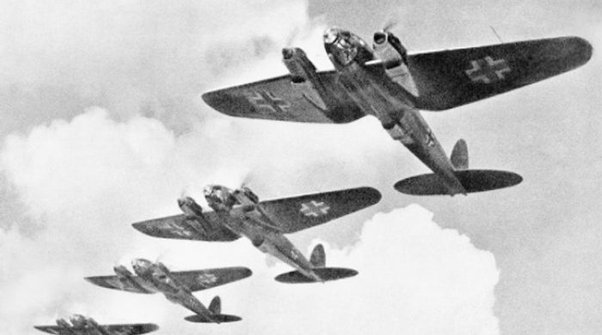
On January 1, 1945, German aviation struck at the Allied airfields.
I wonder why not at the very beginning of the operation?
So let us look again at “Overlord’s” …
In June 1944, the Jewish Special Forces Commando No. 3 participated in Operation Overlord – in the landing of the Allied forces in Normandy. They were abandoned to the rear of the enemy shortly before the start of Operation Overlord to carry out reconnaissance and sabotage missions.
In total, the Jewish Commando number 3 during the war fought 88 people. Of these, 19 people became officers, 21 special forces killed and 22 were injured during the execution of tasks in the rear of the enemy. The commander of Unit 3 was Captain Griffith (his real name was Glaser), who died at the very end of the war, on April 1, 1945 in Germany.
The Americans landed in the areas of the beaches, which they called “Utah” and “Omaha”. The first of them was defended by the Germans with just two reinforced platoons, and therefore couldn’t actually offer any resistance.
But by the way, a group of US paratroopers, dropped by mistake by the pilot, directly at the location of the Germans, was captured. At four in the morning, the American paratroopers began to insist that they be sent to the rear. When asked about the reason for such haste, they answered without hesitation that an artillery preparation would begin in an hour, and the main landing force would be dropped after it.
In fact, more or less organized resistance of the Germans took place in the Omaha Beach area.
Many commanders of landing barges refused to enter the German artillery zone of action. Marines actually thrown overboard at depths of more than two meters, where many of them sank.
The Allies lost 3,000 men at the Omaha Beach by the end of the first landing day.
I do not really believe that the generals will write the whole truth as it was in reality. Those who win try to embellish and those who lose try to write off their failures and mistakes to the dead.






